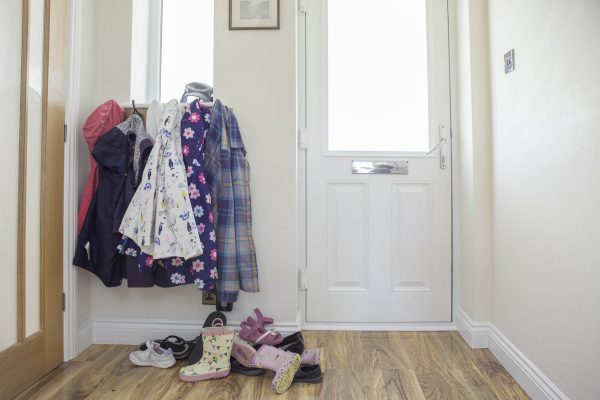Introducing the homelessness prevention integrated data report

(This article has been reposted with permission from the Building Bridges Blog. To see original article, visit http://mecklenburghousingdata.org/)
Last year my family found itself in a difficult situation. As we approached the end of our lease, our landlord notified us that our rent would increase $150 per month if we renewed. We had two options: try to find a new, more affordable place to live or to stretch our paychecks and stay put.
My family was not alone. Charlotte rental prices have increased rapidly over the last five years, leaving many low- and moderate-income families with few options for affordable housing. For some, rising costs place them at risk of losing housing altogether.
When people are at risk of losing their housing, homelessness prevention services such as rental assistance can provide temporary relief to help them remain housed.
In this newest report in the Housing Instability & Homelessness Series, UNC Charlotte Urban Institute researchers examined the relationship between the provision of rental assistance, a type of targeted homeless prevention assistance, and later experiences of homelessness.
What is the Housing Instability & Homelessness Report Series?
The Housing Instability & Homelessness Report Series is a collection of reports that uses local data to provide informative and actionable research to the community. This report is an Integrated Data Report, which links and contextualizes disparate information sources to explore the issue of housing instability and/or homelessness through a unique lens.
What questions were we trying to answer?
- How many households who received rental assistance from Crisis Assistance Ministry experienced homelessness within one year (365 days) after their assistance request?
- Are some groups of rental assistance recipients at higher risk for experiencing homelessness than others?
To answer these questions, data from the more than 5,000 households served by Crisis Assistance Ministry in 2017 were integrated with emergency shelter and transitional housing data from the Homeless Management Information System to understand how many individuals who received rental assistance and experienced homelessness within one year of their rental assistance request. The study also describes the populations who were most at risk of falling into homelessness after receiving rental assistance.
What did the report find?
Only 1.2% of individuals in households who received rental assistance experienced homelessness within a year of their request. However, the study also found that race, age and prior history of homelessness were predictive factors for experiencing homelessness after rental assistance. Prior history of homelessness was found to be the most significant predictor; people who experienced homelessness in the two years prior to their rental assistance were 12 times more likely to experience homelessness again after receiving rental assistance.
So, what does this mean for Charlotte-Mecklenburg?
It is worth celebrating that the vast majority of rental assistance recipients do not experience homelessness in the year after receiving rental assistance. However, this report also reveals that there are opportunities to improve outcomes for groups of rental assistance recipients that the data says are at higher risk for homelessness.
First, it is important to recognize the ongoing impact of structural racism on access to and sustainability of housing which are reflected in these data. This study shows that Black or African American households who need rental assistance are more likely to experience subsequent homelessness than White households, even when accounting for factors such as monthly rental costs and household size.
Enacting systemic and structural change can produce equitable housing opportunities for households who have been historically disadvantaged by housing and economic policies, such as racial and ethnic minorities. Examples of strategies include:
- implementing policies and practices that strengthen landlord/tenant laws;
- addressing racial inequalities;
- preventing and/or mitigating Source of Income Discrimination and promoting affordable housing;
- and investing in resources to support organizations’ data standardization and collection practices.
In addition, the findings suggest that it could be helpful to target homelessness prevention resources to households with prior experiences of homelessness. These households may need additional support and/or services to address other challenges that could be contributing to their continued housing instability. Strategies to address these needs may include:
- identifying households when they request prevention assistance in the community;
- providing targeted case management and/or referral services to address any other needs;
- conducting future research to better understand the causes of repeated episodes of homelessness.
Finally, the study and research literature reveal that adults and youth are distinct populations with unique homeless service needs. Youth (ages 18 to 24) who received rental assistance were less likely to experience sheltered homelessness than adults (ages 25 and older) or children. This could be due to the fact that youth do not access the same types of homeless services or in the same way as older adults. However, more research is needed to understand how housing-insecure youth populations could better access housing services and resources they may need. Strategies to address the needs of youth include:
- conducting future research to explore youth access to and need for homelessness prevention services
Jenny Hutchinson, UNC Charlotte Urban Institute